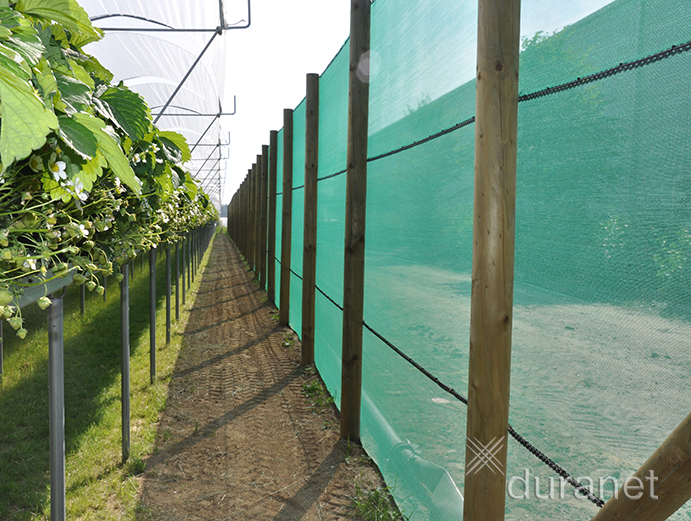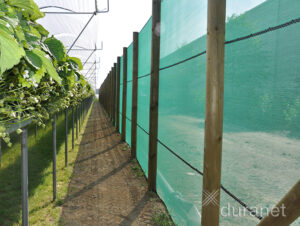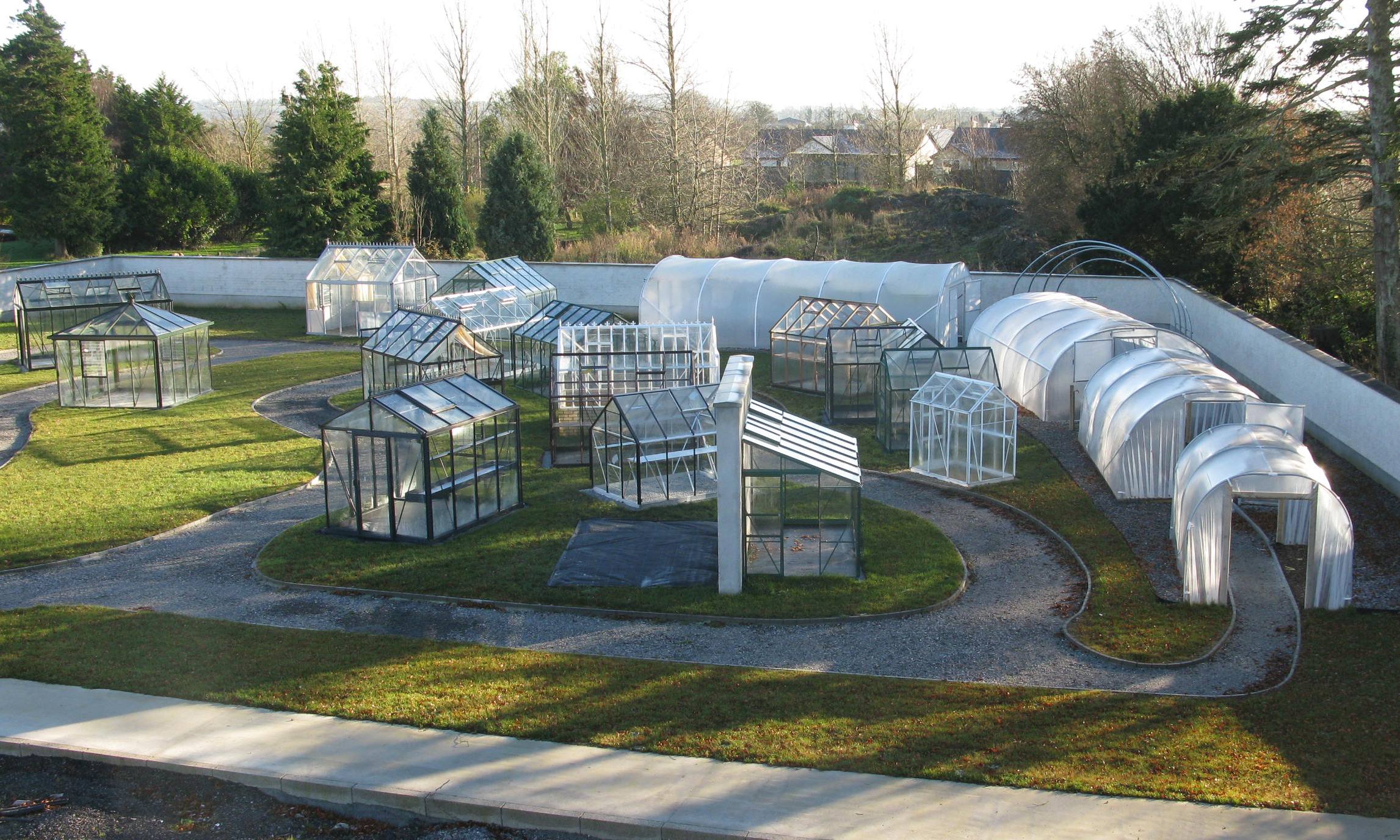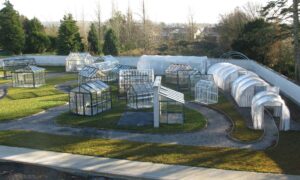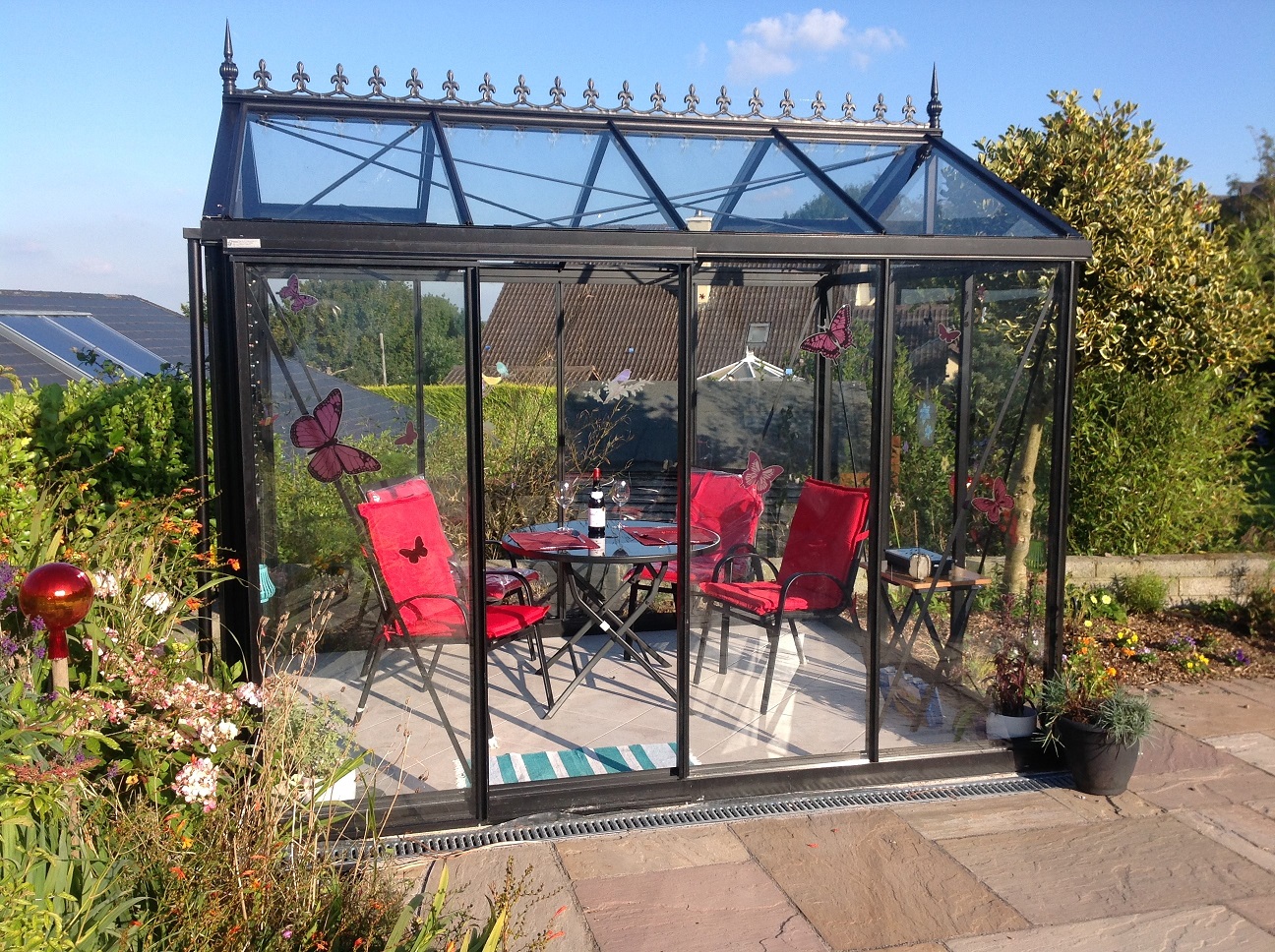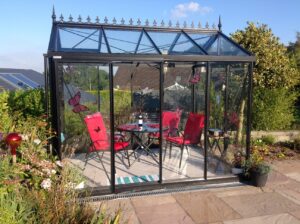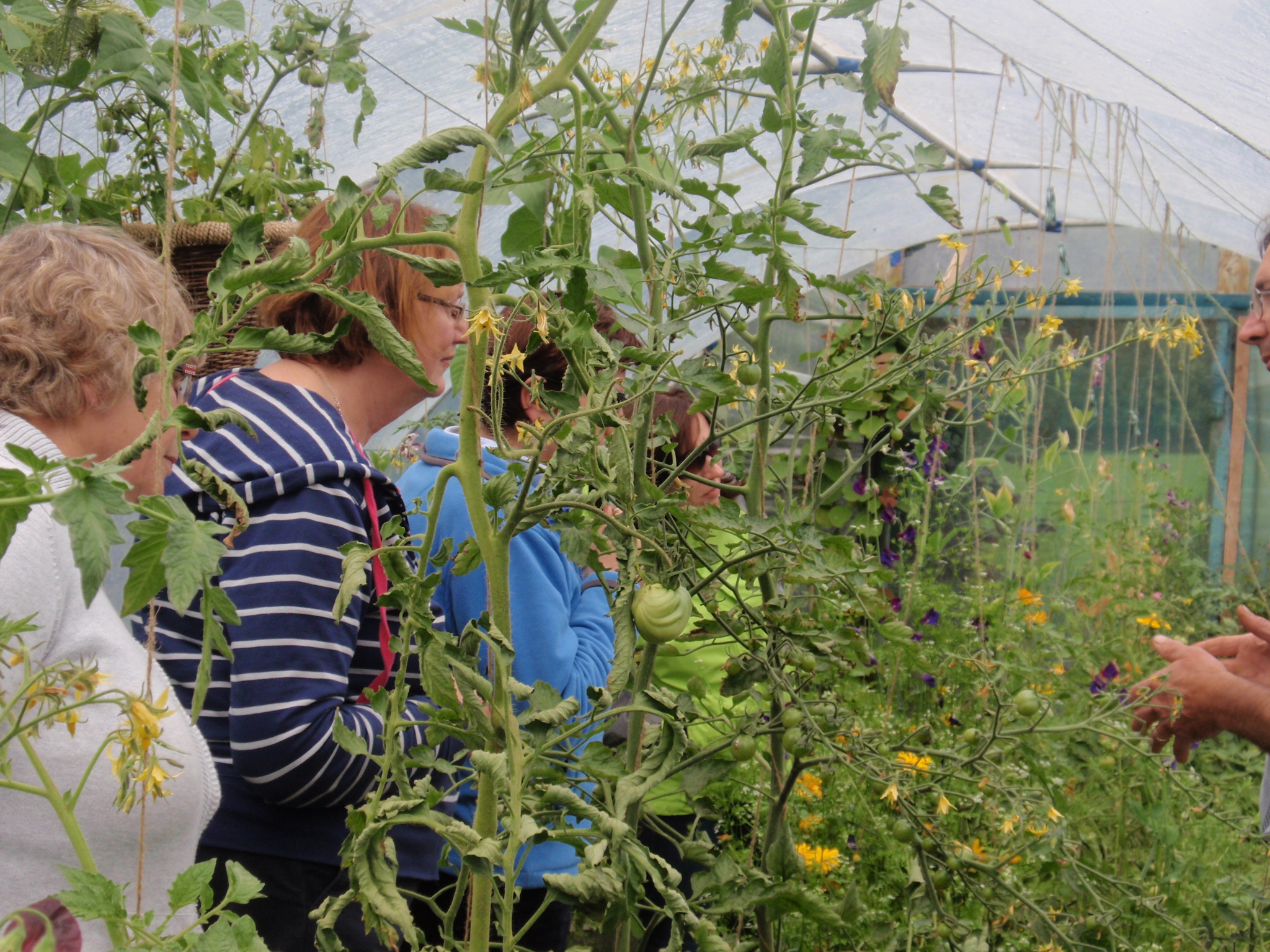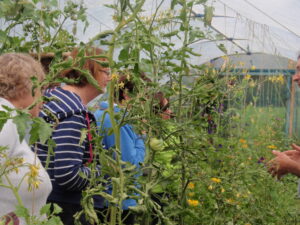For a successful crop of greenhouse tomatoes you need to get the planting right. The plants should be a healthy green colour and not yellow (due to lack of feed and/or water) nor purplish (due to chilling), nor lanky and spindly (due to lack of light). Plant them out when the first flowers are opening. From then on plants will need more food and more room for their roots to forage for it.
The greenhouse soil is the easiest and cheapest to plant into but you can’t keep planting tomatoes (or any other crop) in the same soil every year as pest, disease and mineral problems will build up. Change the soil for fresh soil from outside the greenhouse, or move the plants around a large greenhouse each year, or use grow-bags.
Traditional vine tomatoes grow straight up to head height or more and can be spaced only 45cm /18” apart. Bush tomatoes need less headroom but much more space between them. Keep any seed packets or labels for guidance.
You need canes or twines to support vine tomatoes. Canes are easier to use but must be inserted before putting in the plants to avoid damaging their roots. Strings are simpler at first, but as you twine them around the growing plants they may need to be slackened at the top so use a shoelace knot and leave extra twine on the end.
Water the plants well before putting them in, and again after planting. Make sure the soil around the root ball is wet so the roots can grow into it: greenhouse borders can become very dry. Leave the plants slightly below the surrounding soil so water poured onto the bases of the plants won’t roll away from them.
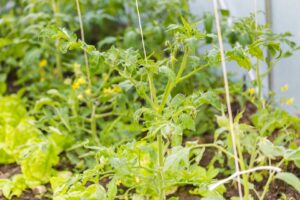

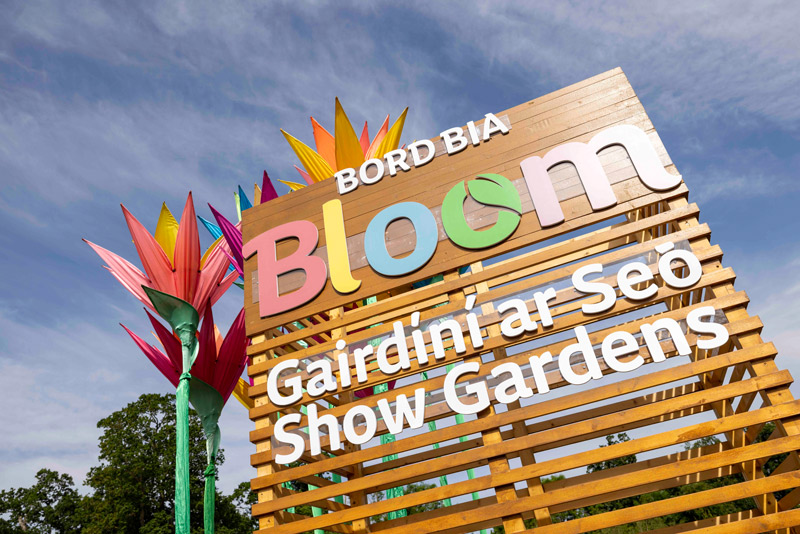
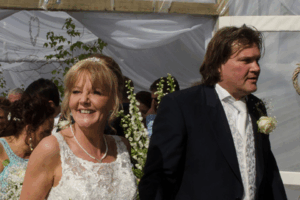
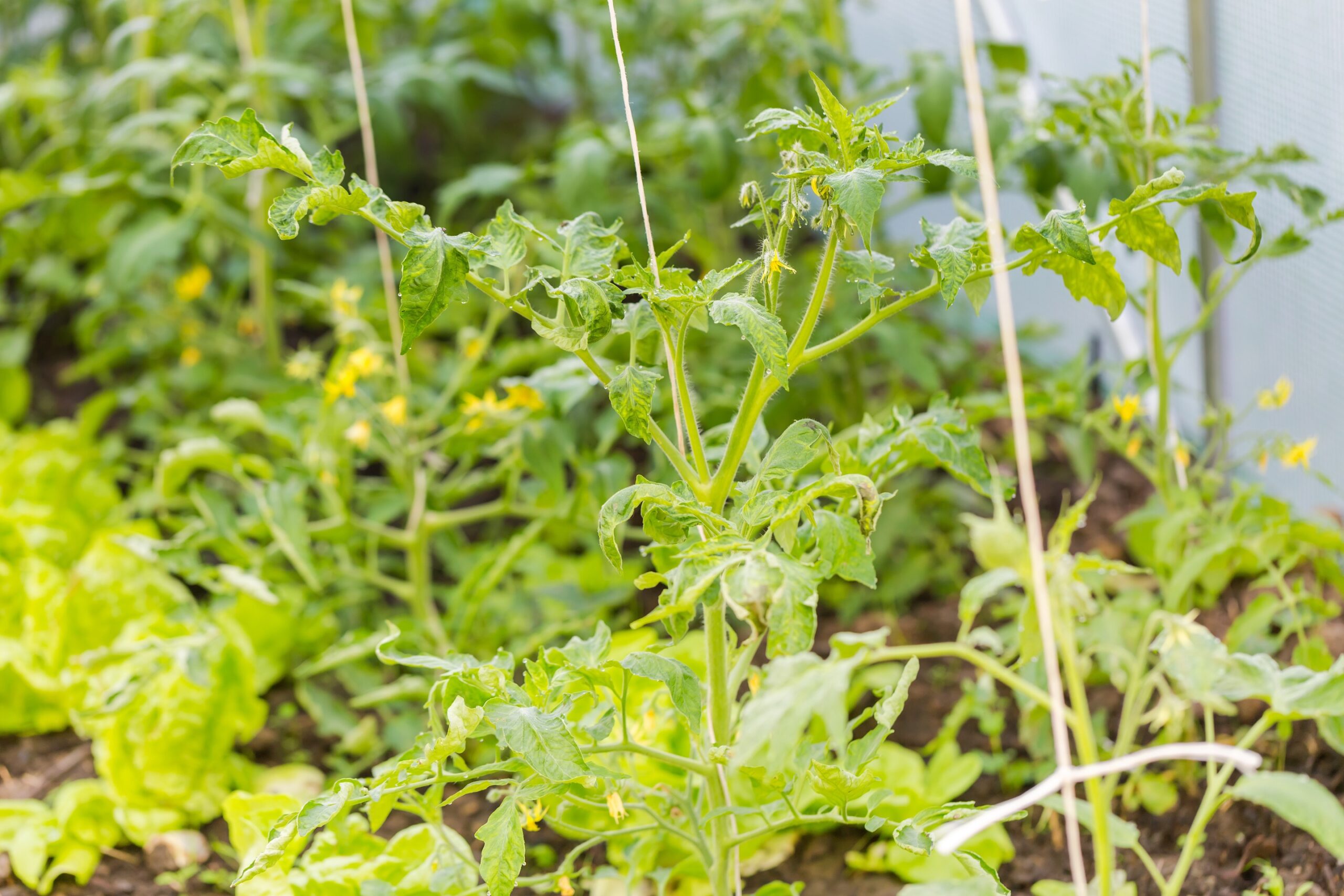

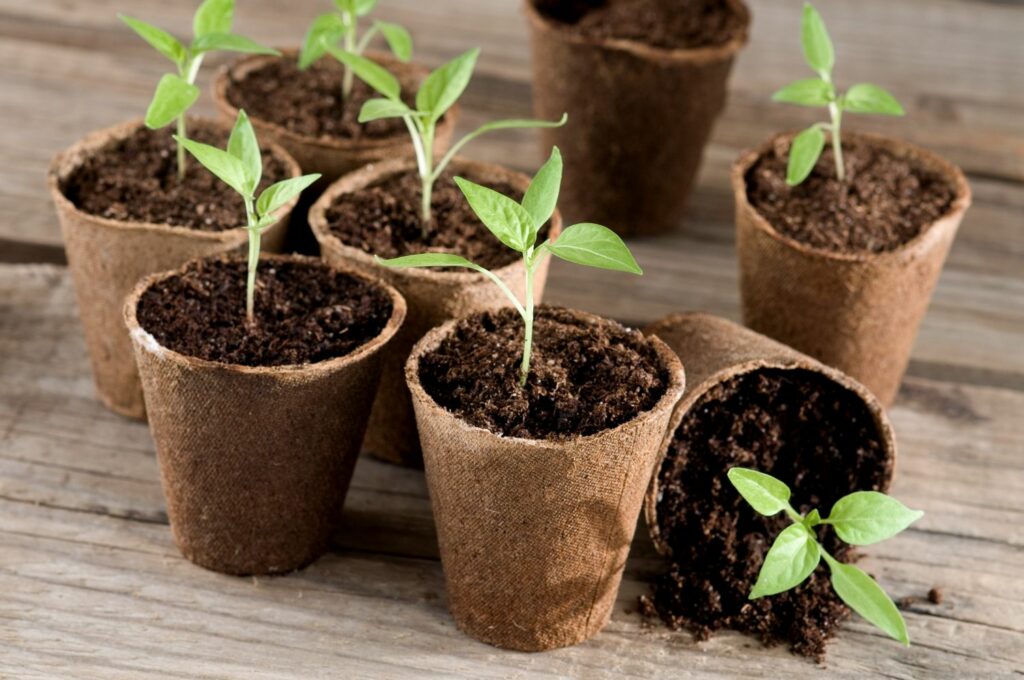
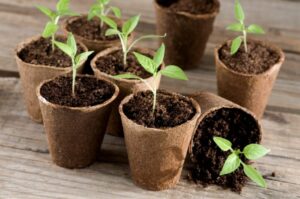
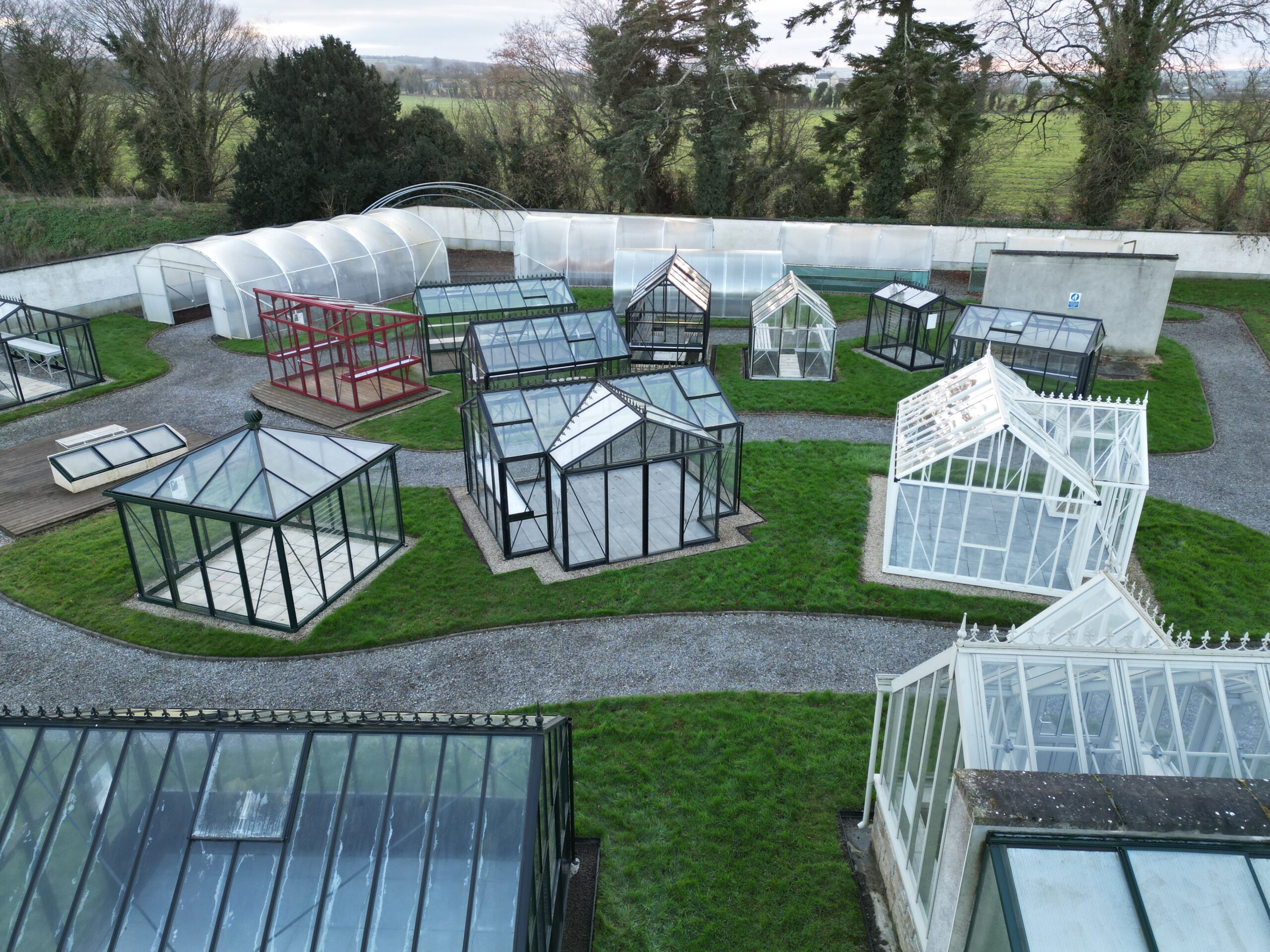
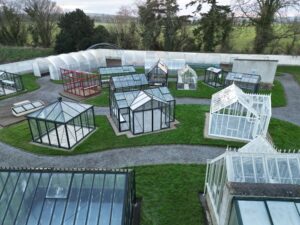
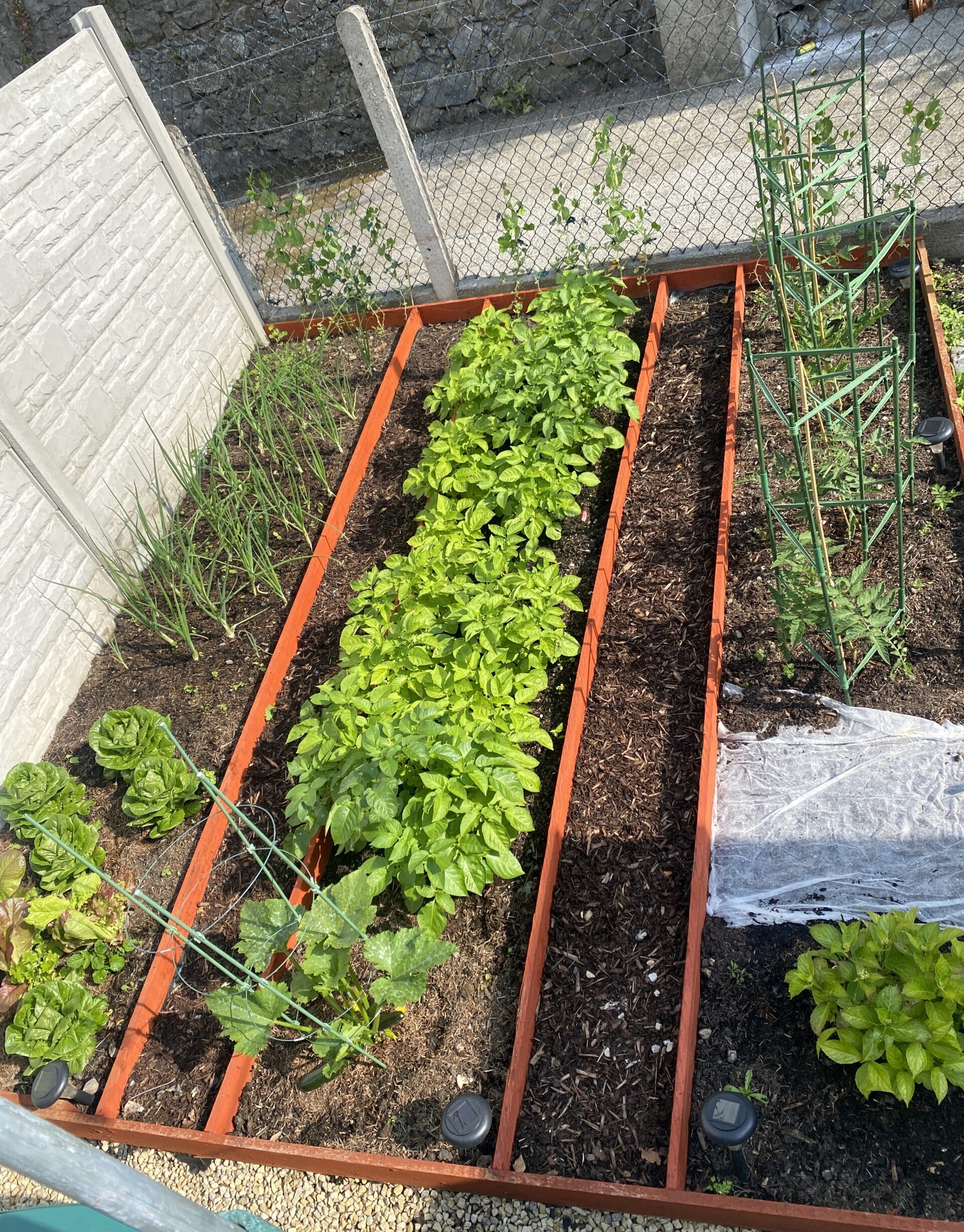
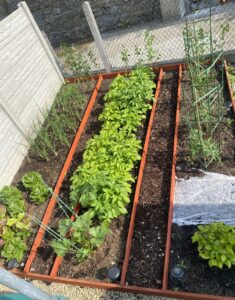 If you like your early potatoes early and you have enough room, why not plant some in your greenhouse in January? They could be ready for harvesting as soon as May. Yields can be modest, but the flavour of fresh early potatoes is unbeatable. Choose seed potatoes of an early variety, and stand them on a warm bright windowsill indoors to start sprouting. Keep the eyes facing upwards so the emerging shoots will be straight and tall.
If you like your early potatoes early and you have enough room, why not plant some in your greenhouse in January? They could be ready for harvesting as soon as May. Yields can be modest, but the flavour of fresh early potatoes is unbeatable. Choose seed potatoes of an early variety, and stand them on a warm bright windowsill indoors to start sprouting. Keep the eyes facing upwards so the emerging shoots will be straight and tall.